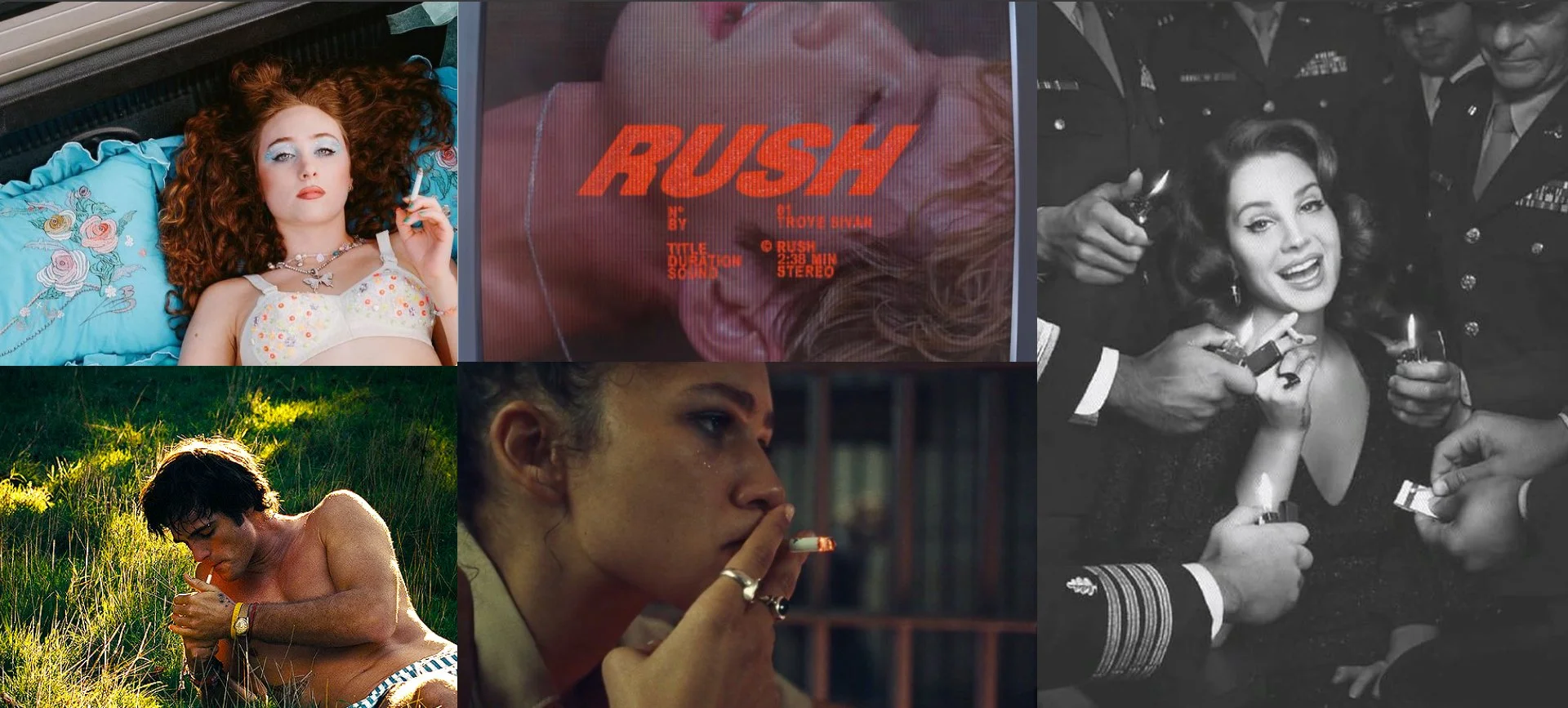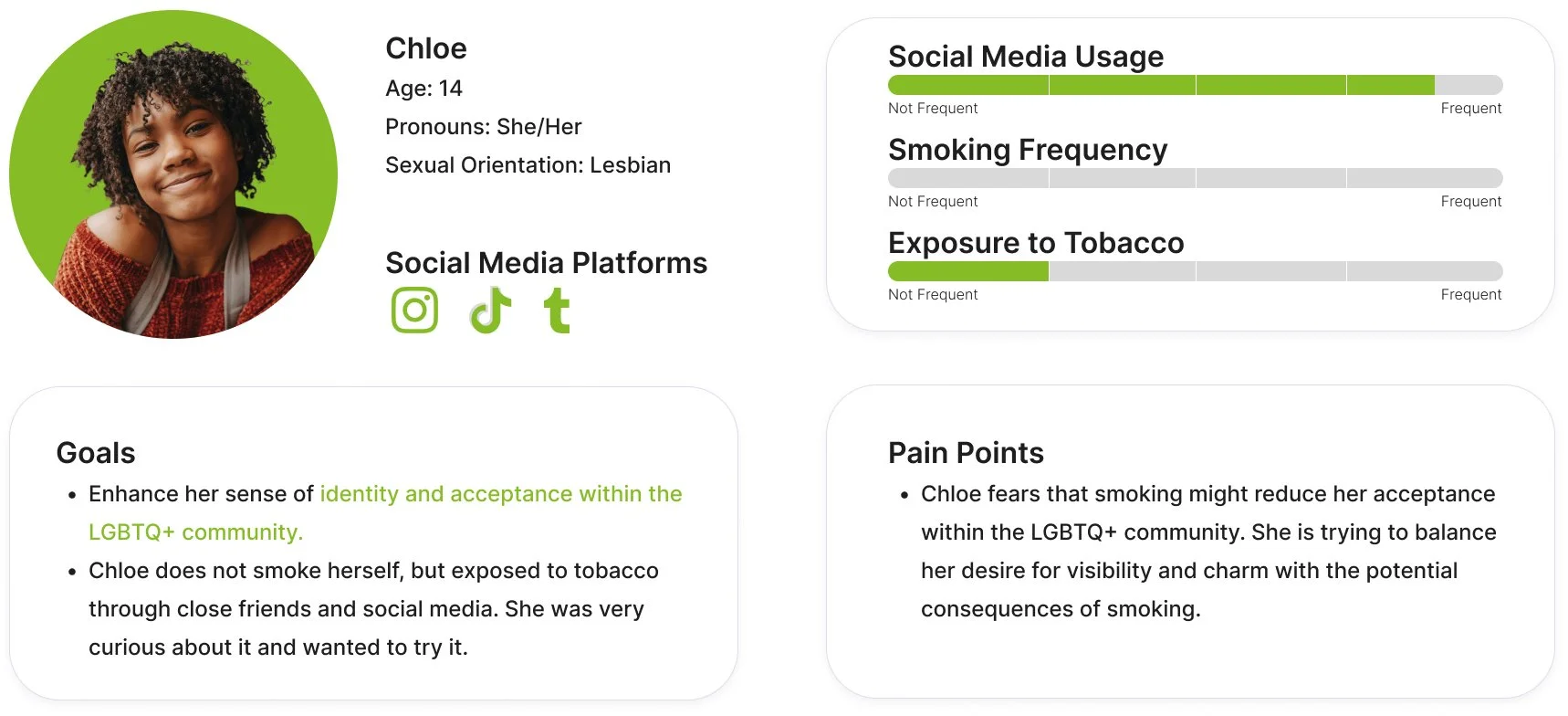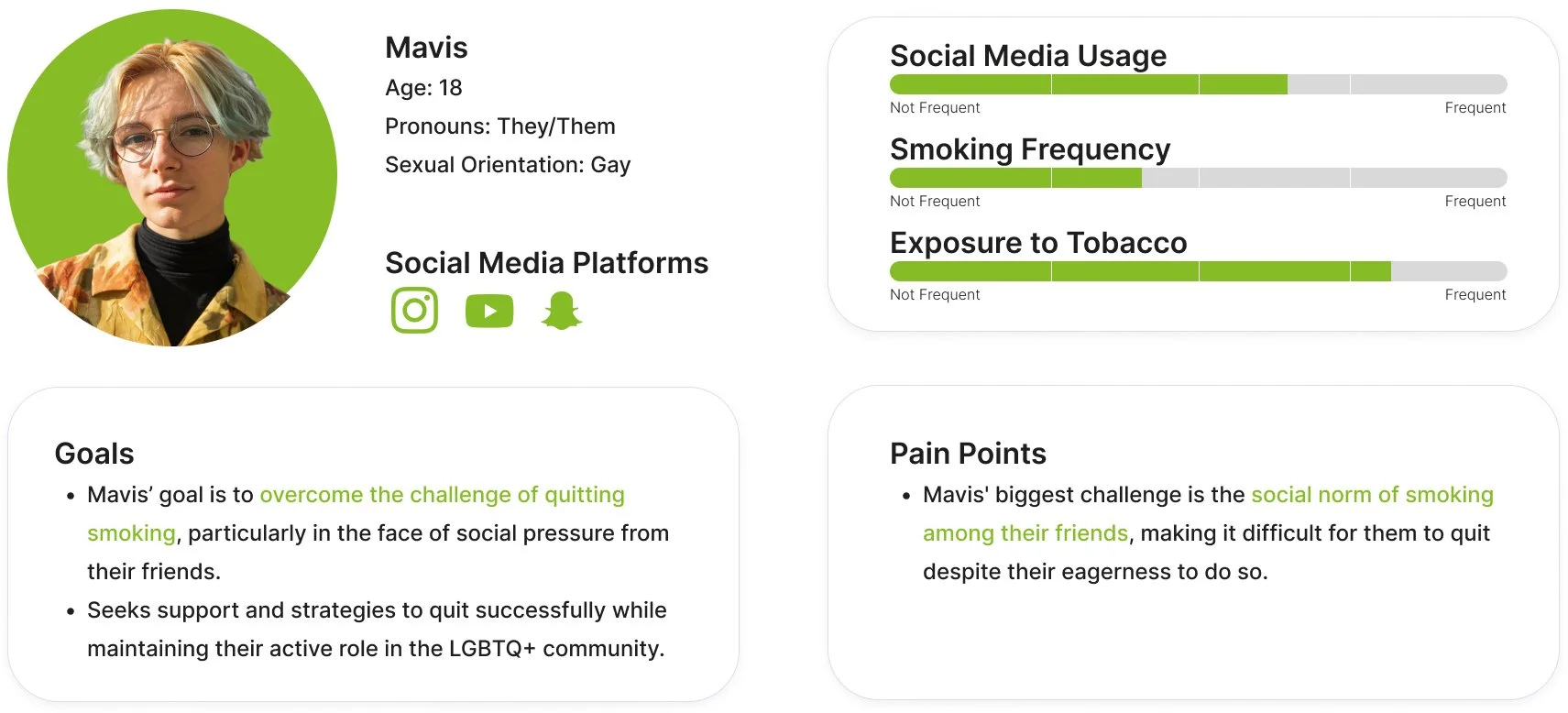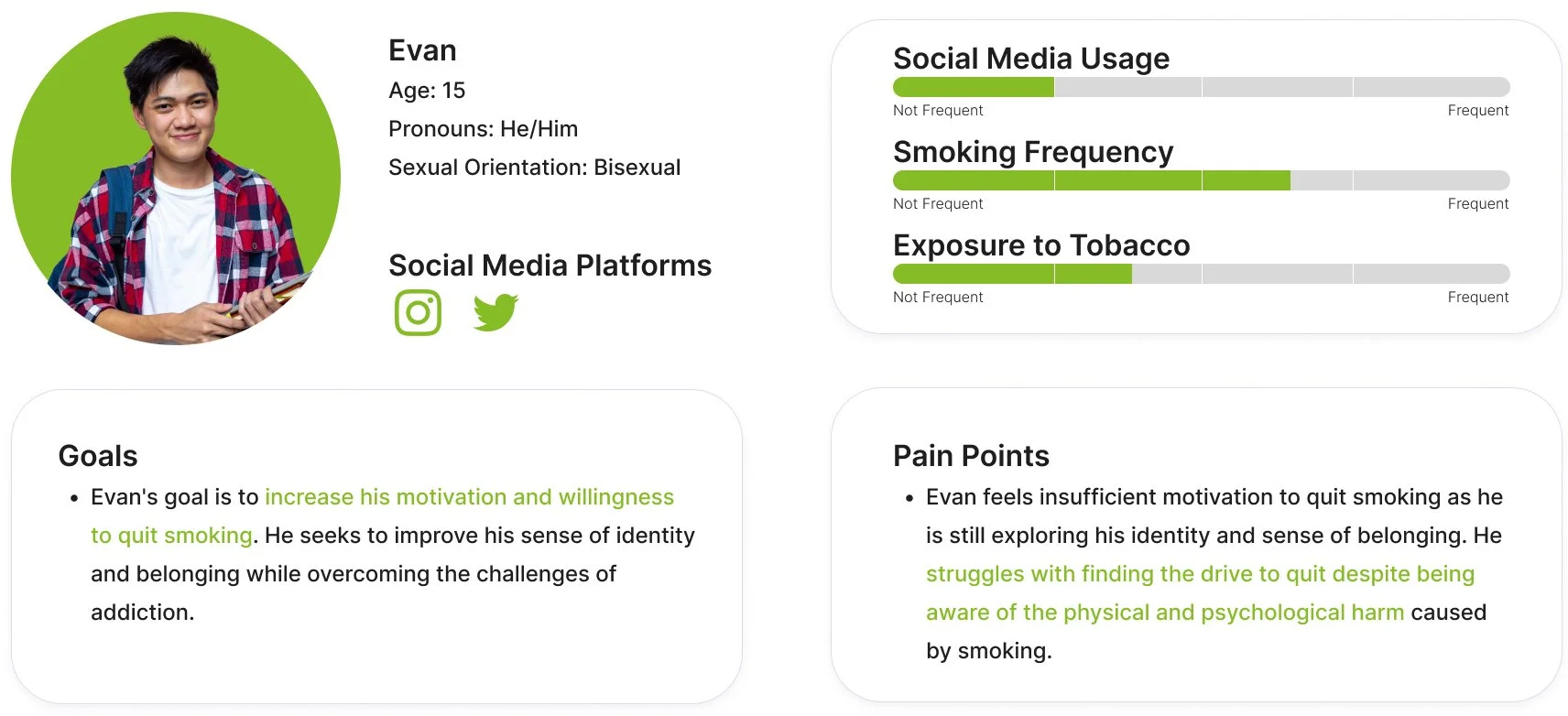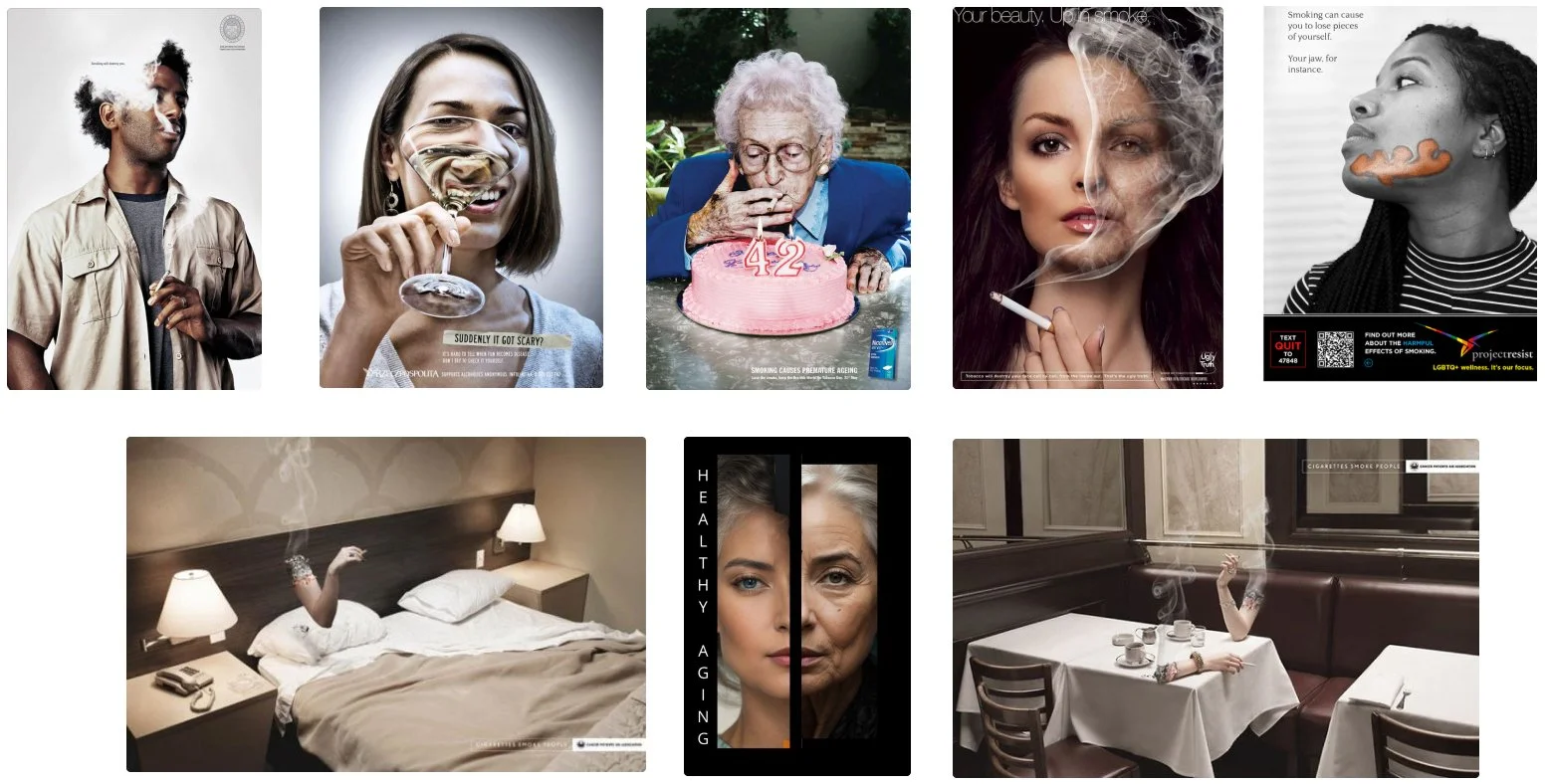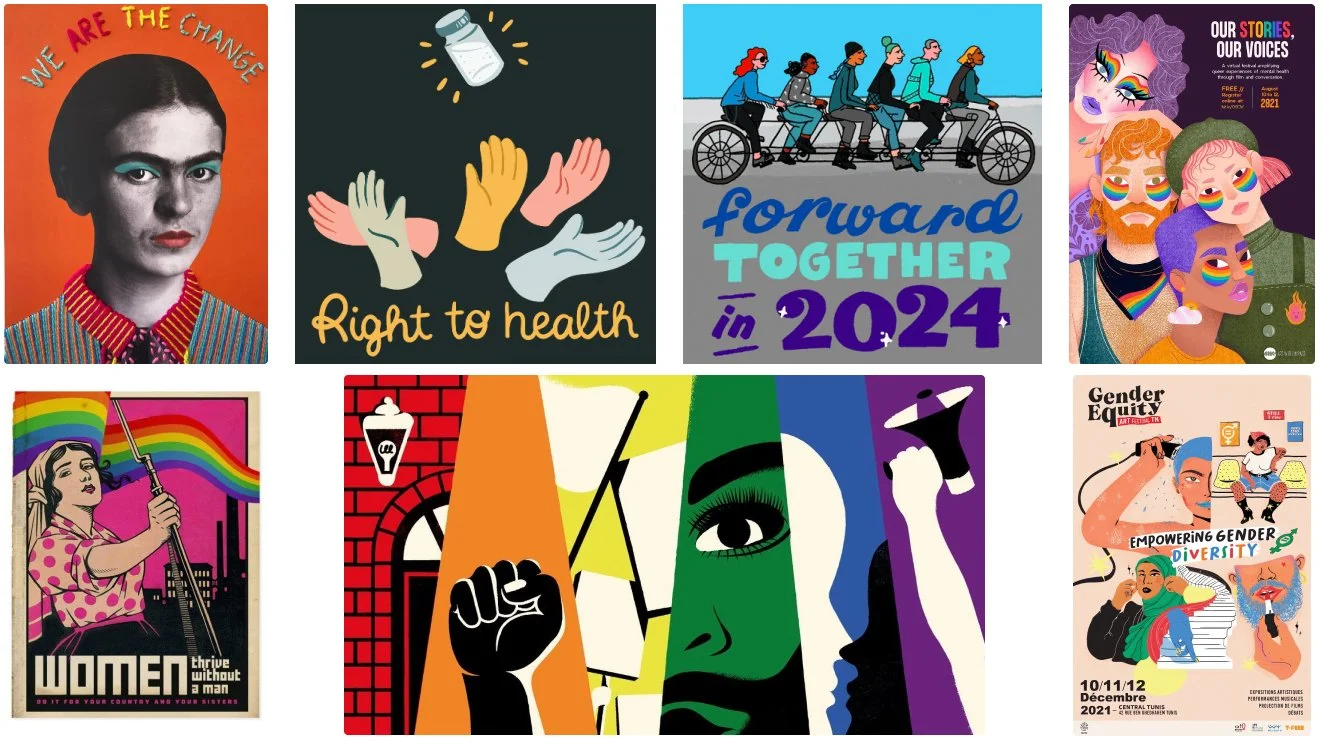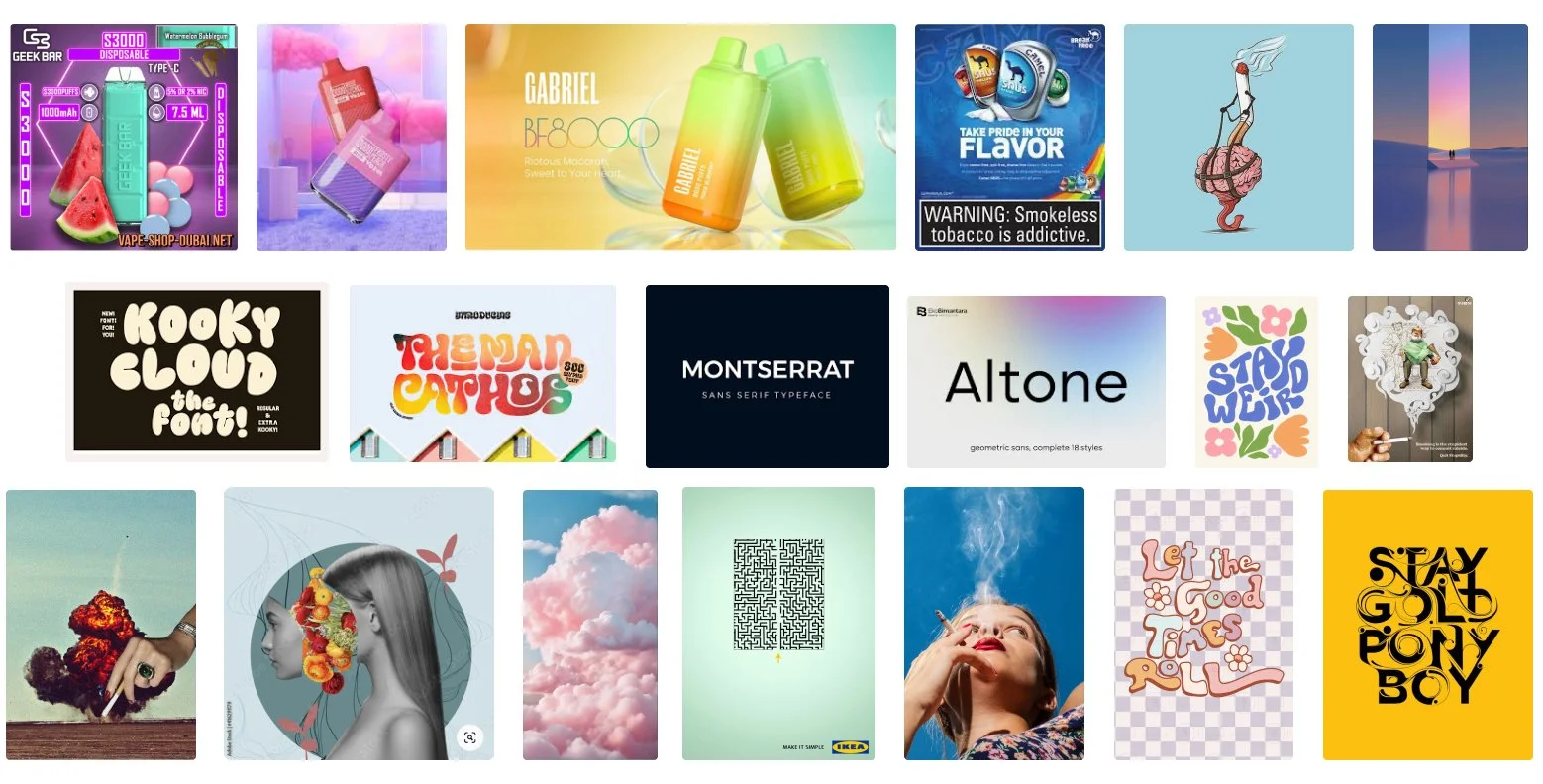
Inspiring Change: Anti-Smoking Campaigns Targeting LGBTQ+ Youth
From Awareness to Action: Driving Behavioral Change in LGBTQ+ Youth
Picture a world where every LGBTQ+ youth is informed about the dangers of tobacco and empowered to choose a healthy, smoke-free life. Through comprehensive research, we uncovered the hidden motivations behind their tobacco use and developed strategies that do more than raise awareness—they equip these young individuals with the tools to build a brighter, healthier future.
Why?
The project aimed to understand why LGBTQ+ youth might use tobacco by conducting in-depth secondary research and analyzing their media consumption preferences, to develop a campaign that raises awareness about the dangers of tobacco while fostering a sense of belonging and empowerment within the LGBTQ+ community.
How?
Research and Insights: Building Empathy
The process began with delving deep into the lives of LGBTQ+ youth through secondary research, including media consumption preferences and market trends. The team worked diligently to uncover user needs and motivations by asking "Why?”
Secondary Research
Data Collection: Gathered demographic data, health behaviors, and media consumption patterns specific to LGBTQ+ youth from academic journals and health databases.
Literature Review: Analyzed existing studies on tobacco use among LGBTQ+ youth to understand motivations and challenges.
Social Media Analysis
Monitoring Platforms: Observed discussions on Reddit, Facebook groups, and other online communities to gather firsthand insights.
Trend Identification: Identified common themes and trends in social media content related to tobacco use and marketing strategies.
Observational Studies
Advertisement Analysis: Studied the prevalence and impact of tobacco advertisements in media consumed by LGBTQ+ youth.
Content Evaluation: Evaluated how tobacco-related content affected attitudes and behaviors.
Active Tobacco Advertising: Influencer Posts
LGBTQ+ Pop Culture and Tobacco
Passive Promotion
Key Findings
Higher Usage Rates: LGBTQ+ youth use tobacco products at significantly higher rates compared to their heterosexual peers. For example, 17.4% of LGB+ high school students currently used any tobacco product compared to 11.4% of heterosexual students.
Targeted Marketing: The tobacco industry has a well-documented history of targeting LGBTQ+ communities through various strategies such as sponsoring pride events, offering giveaways, and hosting bar promotions. These marketing efforts often portray tobacco use as a normalized and accepted aspect of LGBTQ+ social life, further embedding the habit within the community.
Social Media Presence: LGBTQ+ youth are frequently exposed to tobacco and e-cigarette content on platforms like Instagram and TikTok. These platforms often feature influencers and advertisements that normalize tobacco use, making it more appealing and accessible to young audiences.
Psychological Relief: Many LGBTQ+ youth use tobacco as a coping mechanism for stress and identity struggles. Tobacco use is often perceived as a way to gain social acceptance and alleviate psychological distress.
Developing Personas
To better understand the target audience, three detailed personas were developed using a combination of comprehensive secondary research and social media analysis.
Campaign Concepts: Crafting the Narrative
Based on the insights gained from our research, we brainstormed three campaign concepts, and created mood boards:
Unfiltered Truth:
Tone: Educational and supportive.
Message: Highlight manipulative tobacco industry tactics and real-life consequences.
Approach: Digital and physical ads featuring testimonials and impactful visuals.
Visual Design Mood Board
Pride in Breath:
Tone: Empowering and motivational.
Message: Celebrate smoke-free lifestyles and emphasize health and pride.
Approach: Use pride colors and community-driven messaging across various media.
Visual Design Mood Board
Let’s Clear the Air:
Tone: Inviting and humorous.
Message: Use visually striking and deceptive ads to challenge tobacco's association with LGBTQ+ identity.
Approach: Clever visuals that appear to promote tobacco but reveal anti-smoking messages.
Campaign Messaging Verbiage
Just ‘Cause It’s Pretty, Doesn’t Mean It’s Good
Chase Dopamine in Hobbies, Not Hubbly-Bubbies
Since When Did “Just One More” Become So Repetitive
Smoking Doesn’t Relieve Stress; It Adds To It
There’s No Such Thing as a Healthy Alternative
Is it Really Freedom if You Can’t Quit
Visual Design Mood Board
Why Let’s Clear the Air Stood Out
The Let’s Clear the Air campaign idea was selected for its unique and impactful approach. By visually juxtaposing tobacco advertisements with compelling anti-smoking messages, it created a striking contrast that immediately captured attention. The campaign's visuals resonated deeply with the LGBTQ+ community, effectively addressing and dispelling the misconceptions perpetuated by pro-tobacco marketing. This creative and thought-provoking campaign sparked important conversations about tobacco use and its true costs, perfectly aligning with the client's goals to engage and inform the target audience.
Learning Outcomes from the Project
This project was a design sprint, primarily conducted remotely. It provided a valuable learning experience in effective remote collaboration, efficient time management, and delivering impactful results within a tight timeframe. We leveraged tools like Discord and FigJam to coordinate and share ideas seamlessly, enhancing our ability to work as a cohesive team despite the physical distance.
Reflection and Iteration
Throughout this secondary research-focused project, we faced several challenges and opportunities for growth.
Challenges Faced: Ensuring the relevance and accuracy of existing data on LGBTQ+ youth tobacco use was a significant challenge. We had to validate and cross-check information from various sources to build a complete understanding.
Lessons Learned: We learned the importance of using multiple sources to ensure our data was accurate and relevant. Understanding how LGBTQ+ youth consume media was crucial for creating effective campaigns.
Accolades from Our Stakeholders
“The depth and rigor of the secondary research were truly impressive, laying a solid foundation for our campaign. The findings on LGBTQ+ youth tobacco use provided actionable strategies that we could readily incorporate.” — Project Sponsor
“The creative campaign ideas presented were innovative and aligned perfectly with our goals. The team's ability to develop impactful concepts within a short timeframe was impressive." — Creative Director
Potential Future Improvements: If given more time, conducting primary research, like surveys and focus groups, would provide deeper insights. Expanding our social media monitoring and setting clear metrics from the start would also help us better measure the campaign's impact.
My Role: UX Researcher
05-week project • Led in-depth secondary research and social media analysis, crafted detailed personas, and generated campaign ideas.

